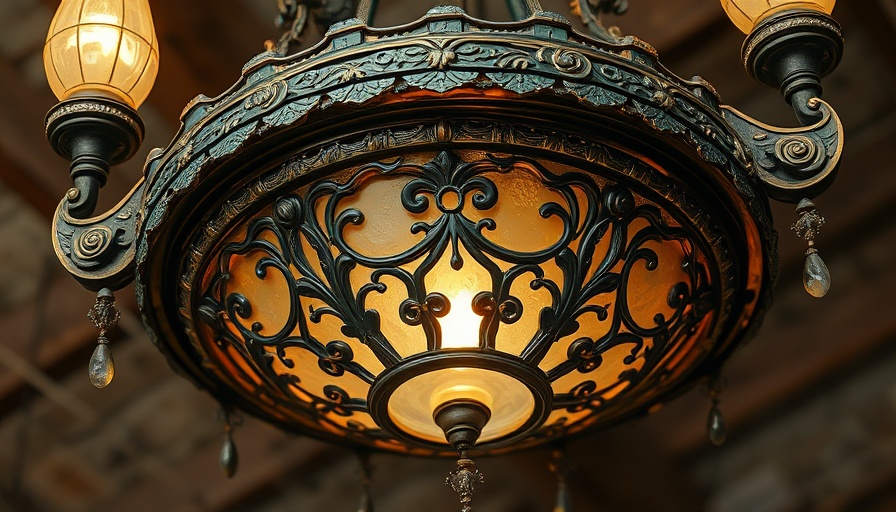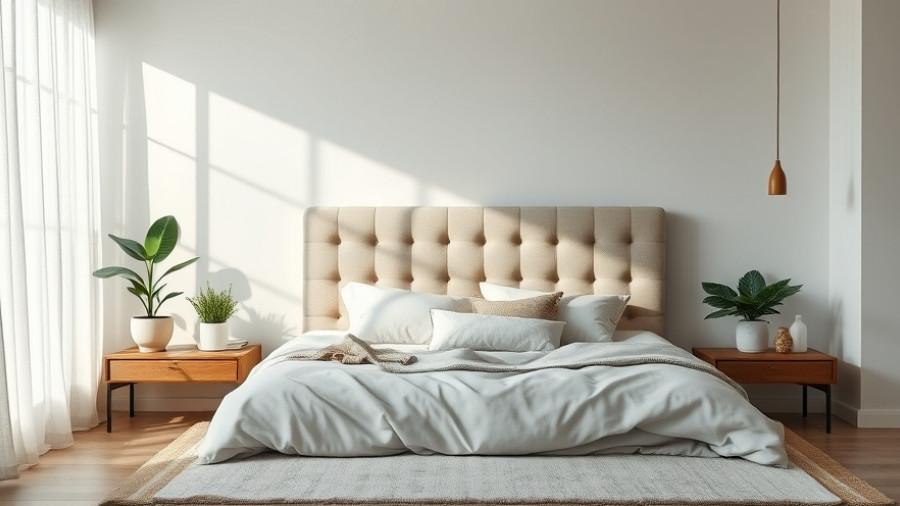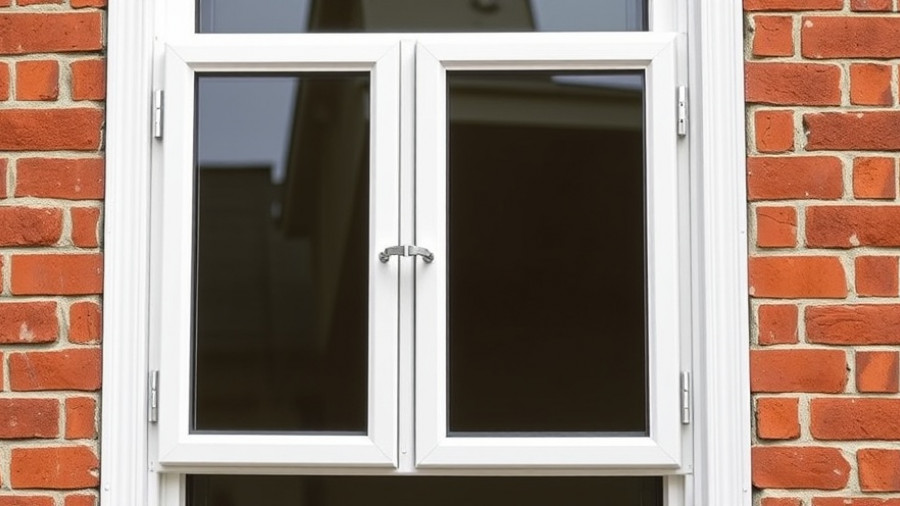
Illuminate Your Space: The Art of Restoring Polychromed Light Fixtures
As homeowners look to revive the charm of their abodes, many are turning to antique and vintage lighting fixtures, especially polychromed light fixtures that not only serve a functional purpose but also act as luminous works of art. However, the restoration process can be intricate and requires a delicate touch to ensure the fixtures retain their historical beauty and charm.
Historical Context and Background
Polychromed light fixtures date back to the 19th century, characterized by intricate designs and vibrant paint that added life to interior spaces. These fixtures often featured gilded patterns and colorful applications that varied by region and style, reflecting the artistic trends of their time. Understanding this historical backdrop is crucial for any restoration project, as it helps guide the preservation efforts and aesthetic choices.
Unique Benefits of Restoring Vintage Lighting
Choosing to restore polychromed fixtures over purchasing new alternatives comes with numerous benefits. Not only do these original pieces provide a unique character that modern reproductions lack, but restoring them can also be more sustainable. By investing time in repair rather than replacement, homeowners consciously opt for an eco-friendly approach that aligns with current trends towards sustainable living.
Decisions You Can Make With This Information
The decision to restore a historical light fixture may depend on factors such as the type of fixture, its condition, and its potential for enhancement. Homeowners should ask themselves questions like: Is the fixture intact? Are there restored fixtures available that can provide valuable insight into the restoration process? Each answer helps shape the growth of a well-considered restoration project.
Practical Insights for Successful Restoration
Restoration of polychromed light fixtures requires a combination of careful cleaning, paint touch-ups, and sometimes complete repaints. Here are some practical tips:
- Assessment: Before beginning, assess the fixture for any missing parts. This can include lenses, glass shades, or decorative elements. Replacement parts can often be sourced from salvage yards or specialty retailers.
- Cleaning: Use gentle cleaning solutions to remove dust and grime without stripping paint or damaging finishes. A soft brush and a microfiber cloth can be beneficial.
- Painting: If repainting is necessary, choose high-quality, adhesive paints suited for metal. Always test a small area before fully committing to a new color scheme.
Counterarguments and Diverse Perspectives
While restoration can breathe new life into old fixtures, some may argue it detracts from the originality and value of antiques. It is crucial to weigh the benefits against any potential downsides. Maintaining an authentic aesthetic helps preserve historical integrity, which is a significant value to collectors and purists alike.
Future Insights and Trends in Lighting Restoration
As the popularity of vintage home decor continues to grow, we can expect advancements in restoration techniques driven by technological innovations. Restoration specialists may integrate computer modeling and digital renderings to visualize their projects before physical alterations, enhancing precision in their work.
Conclusion: A Call to Action for Homeowners
As you engage in your own home improvement journey, consider contributing to a more sustainable future by restoring rather than replacing your vintage polychromed lighting fixtures. Every effort helps preserve historical artistry while creating a living space that reflects your unique personality. If you're ready to transform your space, take the first step today by researching local restoration experts or joining an online community that shares your passion!
 Add Row
Add Row  Add
Add 




Write A Comment